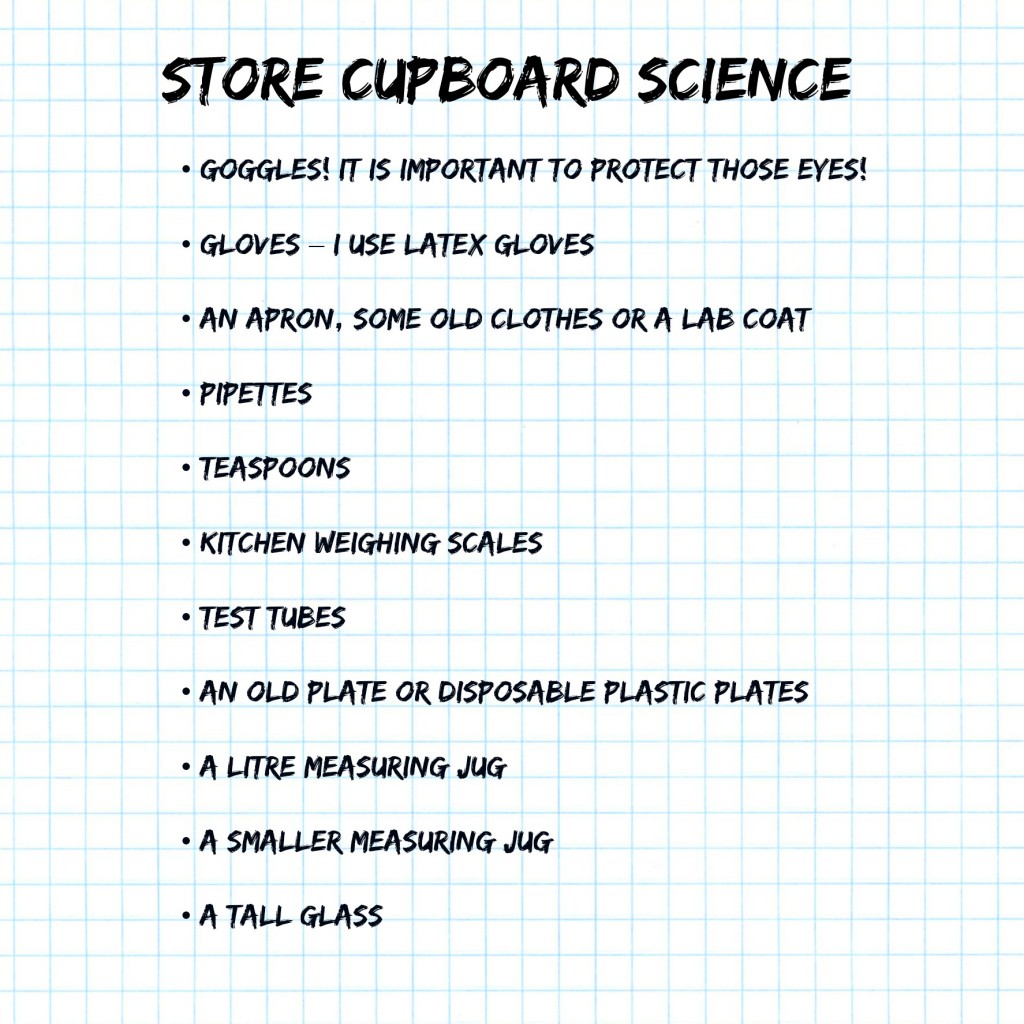
What is Amigurumi?
When 12-year-old Iona wrote to us, offering to write an article for Jump! Mag about Amigurumi, our first question was, “What is Amigurumi?”. She explained and we jumped (ha!) at the chance of having a talented crochet artist bring some colour and cuteness to Jump! Mag.
Have you ever wondered…why leaves change colour in autumn?
Autumn is a season of change; the weather gets colder, there’s less daylight and leaves change colour and fall from plants. But why does this happen?
Why Do Plants Have Leaves?
Leaves contain a chemical called chlorophyll (pronounced KLO-ro-fil), which as well as giving them their lovely green colour also helps create food for the plant. The leaves act like tiny solar panels, and use the sun’s energy to convert water (from the ground) and a gas called carbon dioxide (from the air) into sugar and oxygen. This process is called photosynthesis (pronounced foto-SIN-theh-sis), and the sugar is what the plant lives on.
Store Cupboard Science – Experiments at Home
While there are plenty of science kits in the shops, did you know that you can do loads of science with things that you already have in your store cupboard? Science enthusiast Lisa White has put together a list of things that you need for a variety of basic science experiments.

You might need extra equipment but these are the basics. Having white vinegar, salt, bicarbonate of soda and washing up liquid in stock will be useful too!
Help A Hedgehog
Gretta is a freelance journalist who blogs at mumsdotravel.com. She and her family are worried how the local wildlife are coping with the lack of water. Strange as it may seem in a country that is famous for rain, there has not been enough of it in the past years in UK.
Read on to find out how to help hedgehogs and other wildlife.
A World at School – Education for Everyone
We are lucky in the western world. We are entitled to a free education until the age of 18. You might not always feel like going to school, but you are able to learn about loads of different topics, which will help you find a job when you are older. Not only that, but school can be great fun too – we bet you have a favourite subject, that you love to learn about.
A lot of children across the world don’t have this opportunity. Sometimes it is because the children are too poor to be able to afford to go to school, and there is no way they can pay for uniform, travel and schoolbooks. Sometimes it is because the government doesn’t provide free education where they live. Sometimes it is simply because they are girls. You might have seen the story of the girls in Nigeria who have been kidnapped, because they wanted to go to school – we are all hoping very much that they are soon home with their families. Now more than ever, it is vital to ensure children can go to school safely.









